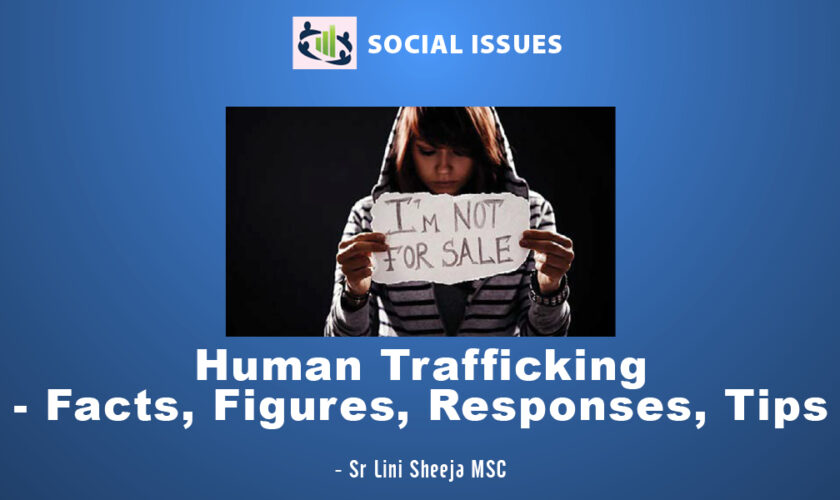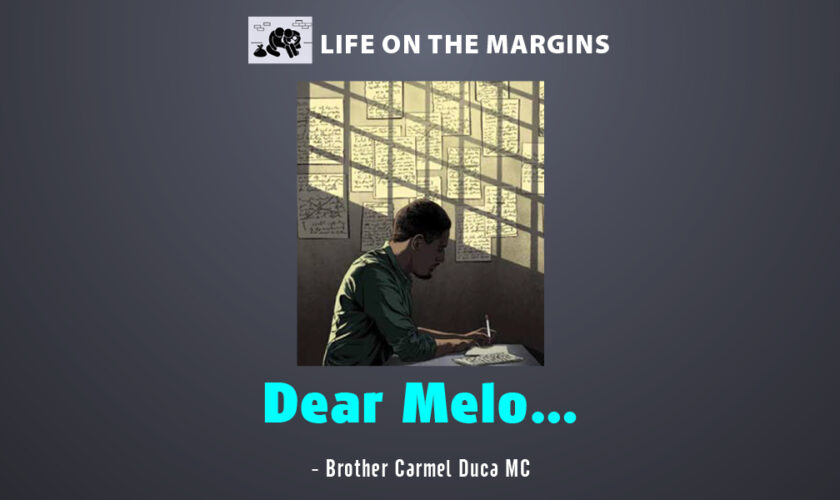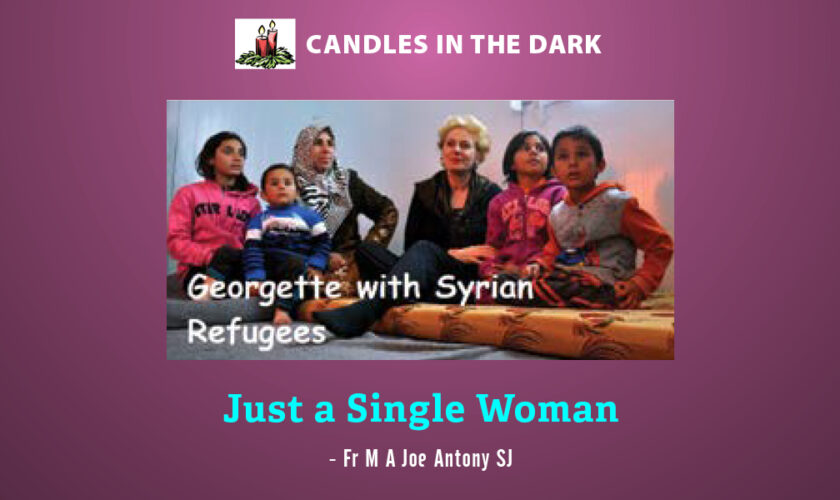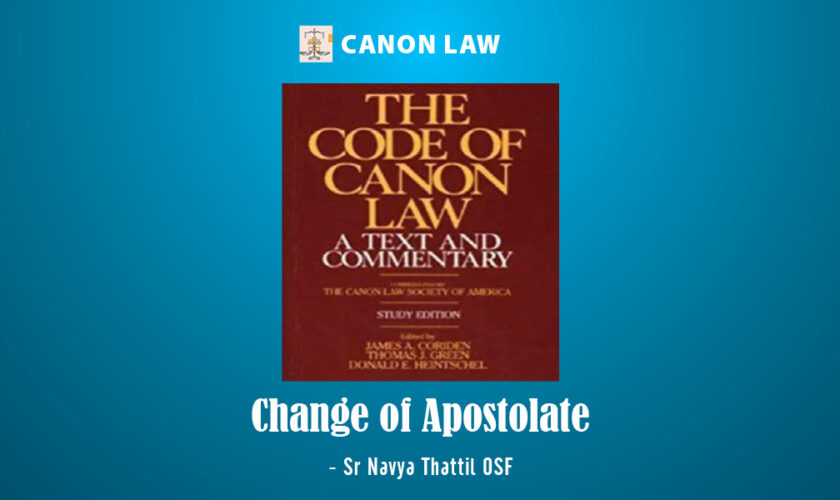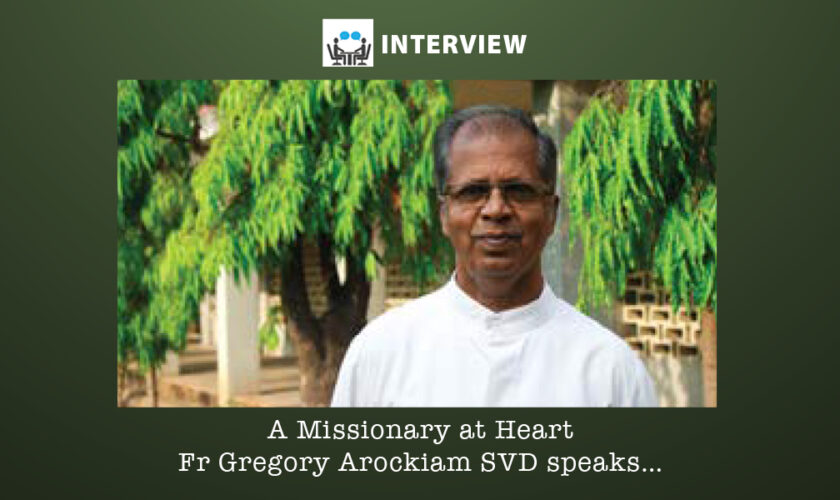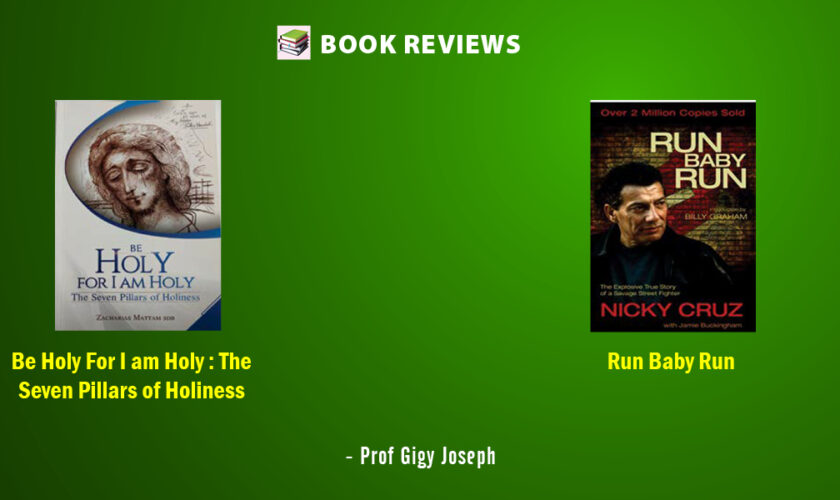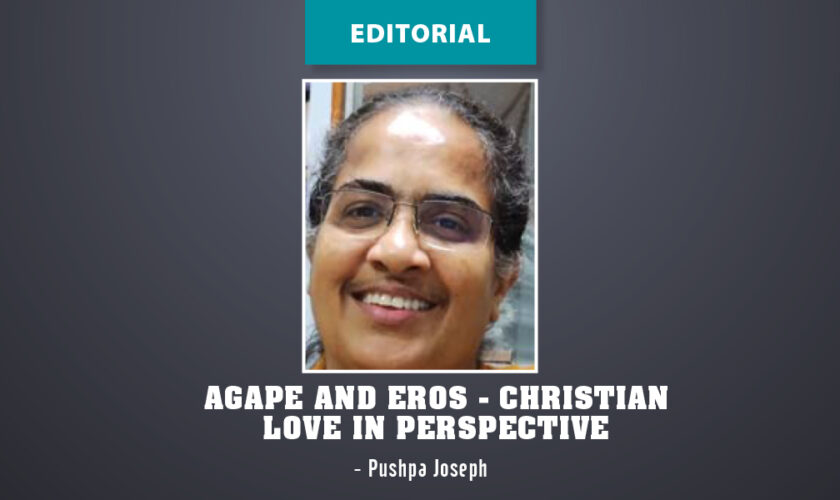Everyone is under authority.
Everyone has authority.
How?
Everyone, whatever position he or she may hold—in religious settings or politics or the armed forces or in a family—is under the authority of someone else.
Thus, a religious superior is appointed by a “higher” superior or body. Or else, what would be the source of his or her authority? The same goes for politics or a family.
We all are under others and hold some responsibility for some others—unless we are talking of little babies, of course.
Authority figures—heads of governments or religious superiors appeal to a Constitution or some higher power or source to justify their claim to authority.
We all start life by being cared for by others, and being under their care and authority. This needs no explanation. None of us simply dropped from the sky as fully fledged grown-ups. Dependence is our first experience. And, all through life, we depend on others in many ways.
Meaning and Purpose
Jesus said: “All authority in heaven and on earth is given to me.” He did not use it to dominate others or to claim privileges. He did not use his power to punish enemies or humiliate rivals. No. Power in the New Testament is the power to heal.
Authority in the New Testament is power at the service of love.
As a hymn in the Breviary says,
“Where true love is dwelling, God is dwelling there;
Love’s own loving Presence love does ever share.
Love of Christ has made us out of many one…
Cherish one another with love sincere.”
The meaning and purpose of authority in the church—at all levels, from the Pope to bishops to priests, to religious superiors or parents or anyone holding any particular post in the church—is to share this love.
Devoid of love, authority becomes a source of abuse. It damages.
Then, as it has happened countless times in politics and business, someone holding authority—a head of state, a teacher, a police officer, a government official, …–can exploit others cruelly. There are too many examples of extremely cruel leadership to need mention here. Think of the diabolic cruelty of the North Korean regime or what Nazi Germany under Adolf Hitler or the USSR under Stalin did. Those “under them” obeyed—and did unthinkably atrocious things to other human beings.
Fr Joe Mannath SDB
To read the entire article, click Subscribe

